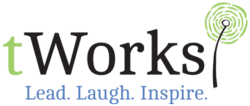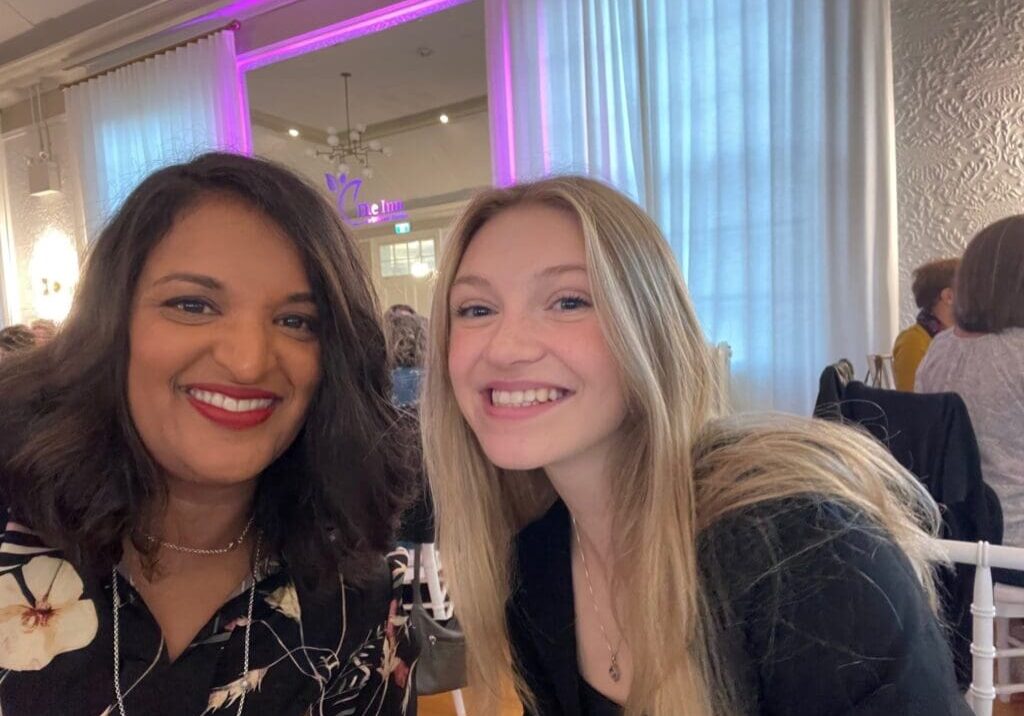When Rachel was in Grade 6 she was reading at a Grade 1 level. She remembers her teachers saying what a sweet girl she was. Blonde, blue- eyed and always smiling she was eager to help fellow students in class. She had a reputation of being sweet yet slow. It was implied that she would certainly be okay due to her nature but never successful. Messages she heard so often by those she trusted the most. She believed what she heard. By Grade 5 she determined she was, indeed, an idiot- Rachel’s word. She never truly felt like she belonged in an academic environment. A true sense of longing to belong existed in Rachel’s world.
Rachel was later diagnosed with dyslexia. Dyslexia is a learning disorder involving difficulty reading. Different people are affected to different degrees. Dyslexia is a result of individual differences in areas of the brain that process language. Rachel eventually went to a specialized school and had an individualized program plan (IPP). Individualized Program Plans (IPPs) are required for all students with special needs, including those with learning disabilities. IPPs are written commitments of intent by education teams to ensure appropriate planning for individual students with special needs.
Rachel is currently in her second year of nursing- her dream occupation. She still has an IPP which allows her to take exams using a keyboard rather than pen to paper.
ver 22% of Canada’s population has disabilities. Of these disabilities, 80% are invisible disabilities. Yet, should this population be discounted and discriminated against OR can employers recognize untapped potential and even access resources to eliminate systemic barriers to successful employment?
Understanding differences of needs in schools and workplaces ensures everyone feels like they belong. Interrupt the messaging in order to embrace, encourage and empower the potential.
October is Disability Employer Awareness Month.
Did you know that psychological safety increases for all when people with disabilities (both visible and invisible) are employed?
What can employers do?
Inclusive Interview Practices
Rather than asking if a prospect needs additional measures during an interview simply provide them ie keyboard vs pen and paper or more time for answering questions. IF an employer asks then a prospect may not disclose their disability in fear of retribution. If measures are offered what an employer is saying is a simple message- everyone belongs here
Digital Inclusion
Not every candidate may have access to the internet yet most job postings are posted to the internet via job boards, social media or websites. Recognizing barriers to entry and employment allows diverse candidates to be considered. Think ‘if Mohammed can’t come to the mountain’. Partnering with high schools, government agencies, immigrant agencies, outreach to Indigenous communities might be a progressive way to ensure all are considered for employment.
Training, Education and Awareness
We don’t know what we don’t know. When it comes to unconscious bias, there might be biases if it be affinity bias, gender bias, conformity bias or even the halo or horns affect that might be limiting hiring managers in their decision making to recruit and retain the best. “Culture fit” is often a masked form of affinity bias. If a prospective employee does not conform to what a hiring manager thinks a potential candidate should look like they may be ‘screened out’ before they are ‘screened in’. Would you hire someone with dreadlocks? Would you hire someone with tattoos on their arms for a corporate position? What if someone sported a man bun? What if someone wore sunglasses to an interview? Education is paramount when it comes to mitigating and managing unconscious biases. If you/your organization might benefit from further training and education in this area you might want to look at this workshop for your teams: https://tworksforyou.ca/inclusive-leadership-from-silos-to-safety/
Behavioral Interviews
Behavioral interview and skills-based assessments may put some individuals at a disadvantage. For example, if someone immigrated from a different country contextually their experiences may be quite different than someone in North America, however, this does not mean they are not a great fit for the position. If someone is extremely introverted they may not be able to answer questions quickly as they don’t necessarily ‘think quickly on their feet’ but that doesn’t mean they don’t have something to say, contribute or offer. If someone has an invisible disability such as ADHD they might appear to be fidgeting or doodling to keep their brains active, however, someone in hiring might find this distracting or not interested in the position. By allowing candidates to demonstrate their abilities rather than have them explain past experiences to predict future behaviors, the talent pool increases substantially. In my new book, 50 Shades of Beige: Building Bridges While Breaking Bias, I showcase a wonderful example of a candidate demonstrating their abilities, resulting in obtaining a senior managerial position (50 Shades of Beige: Building Bridges While Breaking Bias)
Interrupt the messaging in order to embrace, encourage and empower the potential.

